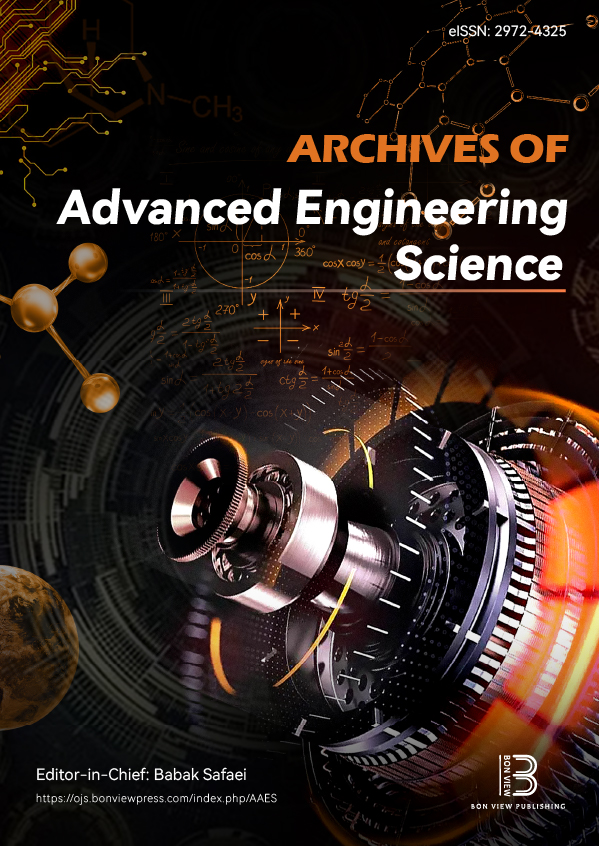Excellent Miniature Thin Film Dielectric Elastomer Sensors for Robot Fingers Used in Human-Robot Interaction
DOI:
https://doi.org/10.47852/bonviewAAES32021716Keywords:
dielectric elastomer, sensor, actuator, stretch, pressure, large deformation, carbon nanotube sprayAbstract
Traditional sensors used to measure properties such as deformation and pressure often use materials such as metals, ceramics, piezos, and polymers. However, since many of these materials are hard, it can be difficult to measure them with a single sensor when the pressure or elongation applied to the object changes. In this experiment, a dielectric elastomer thin-film pressure sensor (0.2 mm) was fabricated using hydrogenated nitrile rubber with significantly improved hardness and elongation. This single sensor can accurately measure pressure from 1 gf to 20 kgf. Also, the response speed was 50 ms, which was sufficiently fast. A dielectric elastomer stretch sensor was also developed. This sensor uses elastic and flexible single-walled carbon nanotubes as dielectric elastomer electrodes for the hydrogenated nitrile rubber. This greatly improved the mechanical flexibility and stretchability of the stretch sensor, making it possible to operate it as a sensor even at 400% elongation. By attaching this stretch sensor to the robot's finger closely, it is possible to detect the dynamic movement of the robot's finger and to detect the force (pressure) when the fingertip touches the target object with the above pressure sensor. In addition, by using the small diaphragm-type dielectric elastomer actuator, it was confirmed that the sensation of the robot's touching an object could be fed back to the human finger. As a result, it is thought that the feeling of the robot's finger touching an object could be driven more realistically and accurately. In addition, both a dielectric elastomer stretch sensor and a dielectric elastomer pressure sensor were attached to the finger of the robot, and the movement of the human's finger was sensed and the force (pressure) when the finger touched the object was also able to be detected.
Received: 11 September 2023 | Revised: 19 October 2023 | Accepted: 26 October 2023
Conflicts of Interest
The authors declare that they have no conflicts of interest to this work.
Data Availability Statement
Data sharing is not applicable to this article as no new data were created or analyzed in this study.
Author Contribution Statement
Seiki Chiba: Conceptualization, Methodology, Software, Validation, Formal analysis, Investigation, Resources, Data curation, Writing - original draft, Writing - review & editing, Visualization, Supervision, Project administration, Funding acquisition. Mikio Waki: Software, Validation, Formal analysis, Investigation, Resources, Data curation, Visualization.
Downloads
Published
Issue
Section
License
Copyright (c) 2023 Authors

This work is licensed under a Creative Commons Attribution 4.0 International License.
How to Cite
Funding data
-
Zeon
Grant numbers ZEONANO®-SG101


